GENERAL DATA
Plant parts: Flowers, Seeds
Cultivation mode: Wild Collection
In manufacturing: Pharmaceutical, skincare, oil, extract.
In food: Milk thistle leaves and flowers are eaten as a vegetable for salads and a substitute for spinach. The seeds are roasted for use as a coffee substitute.
Industries That Use Milk Thistle Seeds 🌱
Here’s a well-organized list of industries that commonly use Milk Thistle seeds :
🌿 What Is Milk Thistle?
Milk Thistle (Silybum marianum) is a spiny-leaved flowering plant native to the Mediterranean region and now cultivated globally. Its seeds are rich in silymarin, a complex of flavonolignans known for liver-protective and antioxidant effects.
Milk Thistle seeds appear dark brown with a shiny surface and are used in pharmaceuticals, nutraceuticals, traditional remedies, and more.
1. Pharmaceutical & Traditional Medicine Industry
Milk Thistle seeds is widely recognized in both modern pharmacology and traditional herbal systems (such as European, Unani, and Persian medicine) for liver health and detoxification.
Hepatoprotective (Liver Protection):
-
Used for hepatitis, cirrhosis, fatty liver disease, and liver damage from alcohol or drugs
-
Often prescribed alongside conventional liver treatments
Antioxidant & Anti-inflammatory:
-
Protects cells from oxidative stress
-
Supports inflammation reduction and regeneration of liver tissue
Digestive Health Support:
-
Used in digestive tonics and liver-stimulating formulas
✅ Commonly found in tablets, standardized extracts, syrups, and liver tonic blends
2. Nutraceutical & Supplement Industry
One of the most popular botanical supplements globally for liver support and detox.
Forms include:
-
Standardized capsules with 70–80% silymarin
-
Powdered seeds or extracts for detox smoothies
-
Complex formulations for cleansing and metabolic health
✅ Frequently combined with dandelion root, turmeric, and artichoke extract
3. Animal Feed & Veterinary Industry
Used in pet and livestock supplements to support liver function and overall vitality.
Applications include:
-
Equine and canine liver tonics
-
Natural additives in feed for dairy cows and poultry under stress
-
Post-antibiotic liver recovery in farm animals
✅ Also studied in veterinary contexts for hepatoprotection in dogs and horses
4. Functional Food & Beverage Industry
Milk Thistle seeds are increasingly included in functional foods and health beverages.
Examples include:
-
Detox teas and herbal infusions
-
Seed blends for granola or smoothie boosters
-
Cold-pressed milk thistle oil for salads or capsules
✅ Often marketed for liver health, anti-aging, and metabolic wellness
5. Cosmetic & Skincare Industry
- Milk Thistle seeds extract is valued in dermaceutical and anti-aging skincare formulations.
Properties & uses:
-
Antioxidant protection against environmental stress
-
Anti-inflammatory effect for sensitive or irritated skin
-
Detoxifying facial masks and liver-skin health connections
✅ Common in serums, detoxifying creams, and skin supplements
6. Agricultural & Botanical Research
A focus of agronomic and medical research for its bioactive compounds and environmental resilience.
Research areas:
-
Optimization of silymarin yield
-
Hepatoprotective pharmacodynamics
-
Cultivation for phytoremediation (soil cleanup via plants)
✅ Studied in universities and pharmacognosy departments worldwide
✅ Summary of Key Applications
| Industry | Common Uses |
|---|---|
| Pharmaceutical & Traditional Medicine | Liver support for hepatitis, cirrhosis, detoxificationAnti-inflammatory and antioxidant benefits |
| Nutraceutical & Supplement | Capsules, powders, and extracts for liver health and metabolic cleansing |
| Animal Feed & Veterinary | Liver tonics for pets and livestockSupport after medication or stress |
| Functional Food & Beverage | Detox teas, seed powders, smoothie boostersCold-pressed oil for wellness |
| Cosmetic & Skincare | Antioxidant serums, detox creams, and calming skincare for sensitive skin |
| Agricultural & Scientific Research | Studies on silymarin, liver regeneration, and phytoremediation applications |
🌱 Key Features:
-
High in silymarin (flavonolignans with liver-regenerating action)
-
Used globally in traditional and clinical liver detox protocols
-
Multifunctional use in supplements, animal health, and functional nutrition
-
Safe and well-tolerated with minimal side effects
Industries That Use Milk Thistle Flowers 🌸
Here’s a well-organized list of industries that commonly use Milk Thistle flowers:
🌿 What Are Milk Thistle Flowers?
Milk Thistle flowers are the vibrant purple, spiny blooms of the Silybum marianum plant. While the seeds are the most pharmacologically potent part, the flowers are also used in herbal medicine, cosmetics, dye-making, and wellness products due to their flavonoids, tannins, and mild anti-inflammatory properties.
They are less concentrated in silymarin compared to the seeds but still valued for gentle detox, antioxidant support, and sensory applications.
1. Herbal & Traditional Medicine Industry
The flowers are used in traditional herbalism, mostly in infusions and blends focused on mild liver, digestive, and skin support.
Applications:
-
Mild herbal teas for liver support and cooling inflammation
-
Used in blends for skin detox and heat regulation (traditional Persian & European use)
-
Combined with chamomile, calendula, or mint for floral balance
✅ Often used in loose-leaf tea and bulk herbal mixes
2. Tea & Beverage Industry
Milk Thistle flowers are included in functional and specialty floral teas.
Features:
-
Aesthetic appeal with vivid purple color and soft spiny structure
-
Subtle herbal taste (less bitter than leaves or seeds)
-
Paired with rose, hibiscus, or lemon balm for calming and detoxifying blends
✅ Popular in detox teas, floral blends, and herbal sleep teas
3. Natural Dye & Craft Industry
The flowers can be used to extract natural pigments for:
Uses include:
-
Botanical dyes for natural fabrics or handmade paper
-
Potpourri and decorative floral crafts
-
Dried flower arrangements and herb bundles
- ✅ A niche but growing market in the artisanal and eco-crafting world
4. Cosmetic & Skincare Industry
Used for gentle cleansing, soothing, and floral fragrance in:
Applications:
-
Herbal facial steams and floral waters
-
Calming bath blends and detox soaks
-
Soothing tonics and DIY skincare formulas
✅ Paired with lavender, rose, and calendula in floral facial blends
5. Nutraceutical & Wellness Industry
Though lower in silymarin than seeds, flowers are still included in gentler liver support and detox formulas.
Forms include:
-
Flower powders in digestive detox mixes
-
Combined with seeds in full-plant liver support formulations
✅ Marketed as whole-plant herbal synergy products
6. Perfume & Aromatherapy Industry
Not a common essential oil source, but valued for its floral note in dried herb blends and spiritual uses.
Applications:
-
Sachets, incense, or spiritual bath rituals
-
Blends promoting cleansing, protection, or renewal
✅ Used in botanical potpourris and temple blends
7. Scientific & Botanical Research
Research focuses on:
-
Minor antioxidant compounds in flowers
-
Anti-inflammatory properties
-
Whole-plant use in eco-remedies
✅ Interest is growing in underutilized floral parts of Silybum marianum
✅ Summary Table – Milk Thistle Flowers
| Industry | Common Uses |
|---|---|
| Herbal & Traditional Medicine | Anti-inflammatory teas, skin detox, mild liver tonics |
| Tea & Beverage Industry | Floral detox teas, calming sleep blends, visual appeal in tea products |
| Natural Dye & Craft Industry | Botanical dyes, potpourri, handmade floral decor |
| Cosmetic & Skincare | Facial steams, floral waters, calming bath blends |
| Nutraceutical & Wellness | Whole-plant herbal powders, mild cleansing formulas |
| Perfume & Aromatherapy | Herbal sachets, incense, floral ritual baths |
| Scientific Research | Antioxidant studies, minor compound research, whole-plant evaluations |
🌱 Key Features:
-
Dried, vibrant purple flower heads
-
Gentle detox and antioxidant properties
-
Used in tea blends, skincare, botanical dyeing, and craft formulations
-
Part of whole-plant wellness applications
🌾🌸 Comparison: Milk Thistle Seeds vs Flowers
Silybum marianum (L.) Gaertn.
| Aspect | Milk Thistle Seeds | Milk Thistle Flowers |
|---|---|---|
| Botanical Role | Fruits (achenes) that contain the plant’s active compounds | Large purple flower heads that produce seeds |
| Appearance | Hard, shiny gray-brown seeds (4–7 mm), often with a tuft | Spiky thistle-like purple flower surrounded by green bracts |
| Primary Compounds | Silymarin complex (silibinin, silydianin, silychristin), fatty acids, flavonolignans | Flavonoids, polyphenols, trace amounts of silymarin |
| Pharmaceutical Use | Hepatoprotective: liver detox, hepatitis, cirrhosis, antioxidant therapy | Minor; occasionally used in traditional detox and anti-inflammatory blends |
| Herbal & Nutraceutical Use | Capsules, powders, tinctures, teas for liver, gallbladder, and blood sugar | Used in some teas and infusions; less common in standardized products |
| Cosmetic Use | Antioxidant-rich extracts used in anti-aging and detox skincare | Extracts sometimes used in floral water-based products |
| Culinary Use | Sometimes roasted or powdered; found in liver cleanse teas and supplements | Rarely used in food products |
| Aromatherapy & Spa | Not aromatic; used only for internal function or extract-based cosmetics | Occasionally used in floral compresses or aromatic bath blends |
| Industrial Demand | Very high – major commercial botanical in liver health | Low to moderate – harvested mainly for aesthetic or supportive floral teas |
| Harvest Stage | Collected after flowering, when seeds mature and dry | Collected during full bloom |
| Market Form | Whole seed, powder, extract (standardized silymarin) | Dried flower heads, cut petals, sometimes powdered |
✅ Summary
-
Milk Thistle Seeds are the core medicinal part, widely researched and used for liver protection, detoxification, and metabolic health. High in silymarin, they are the phytochemical powerhouse of the plant.
-
Flowers are used primarily in aesthetic, herbal tea, and mild detoxifying blends. While less potent medicinally, they have anti-inflammatory and soothing potential.
HARVEST CALENDAR
Feb
Mar
Apr
May
Jun
Jul
Aug
Sep
Oct
Nov
Dec
To order Silybum marianum seeds, please contact us.
About Silybum Marianum
Milk Thistle is a dicotyledonous plant in the genus Daisy and the genus Asteraceae. It grows every year or every two years in some breeds and grows wild. The usual appearance of this plant is a flower with red to purple colors and leaves that are yellowish green with white veins. This plant gets 30-200 centimeters tall during its growth period and has an almost conical shape.
Silybum marianum has grown to an average 160 centimeters in diameter. The stem of this plant usually has a cotton shape around it and most of the space of this stem is hollow. The leaves of this plant are usually rectangular or spear-shaped around them and their dispersion is usually multi-leafed or double-leafed.
Milk Thistle Seeds Temperament
Hot.
To order Milk Thistle seeds, please contact us.
Milk Thistle Seeds Chemical Constituents
Silychristine, silydianin and silybin.
Some people apply Milky Thistle seeds directly to the skin for skin damage caused by radiation. Diabetes, Acne, Liver disease in people who drink alcohol, Mushroom poisoning, a blood disorder that reduces levels of protein in the blood called hemoglobin (beta-thalassemia), an adverse skin reaction caused by cancer drug treatment (chemotherapy-induced acral erythema) can get better by using Milk Thistle seeds.
To order Milk Thistle seeds, please contact us.
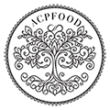
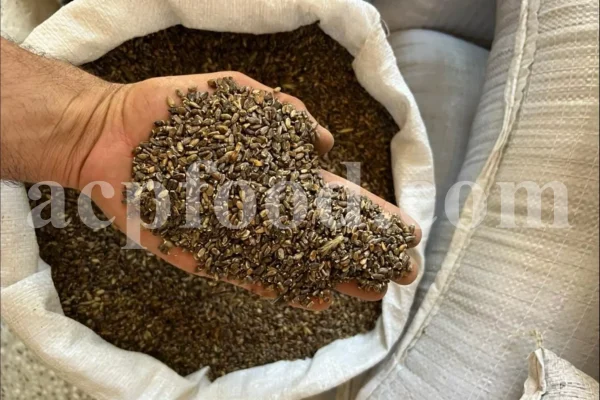
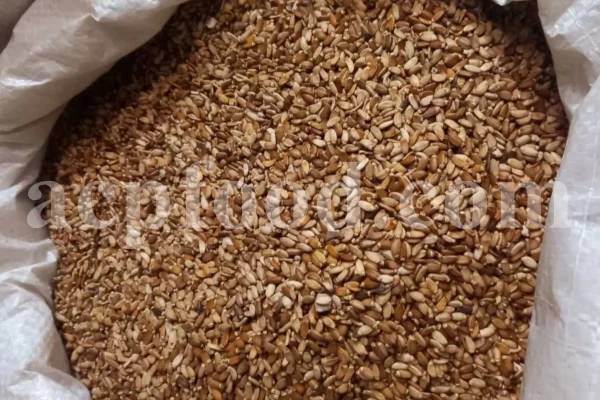
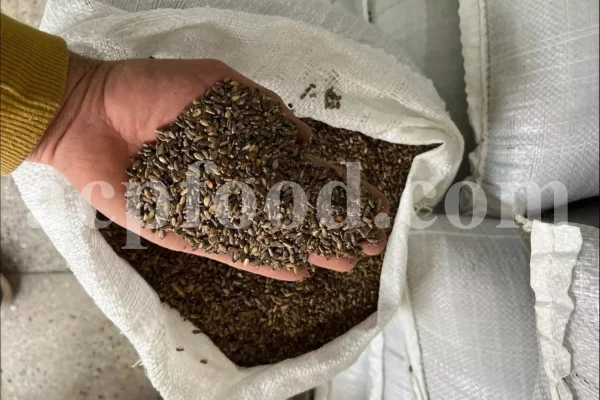
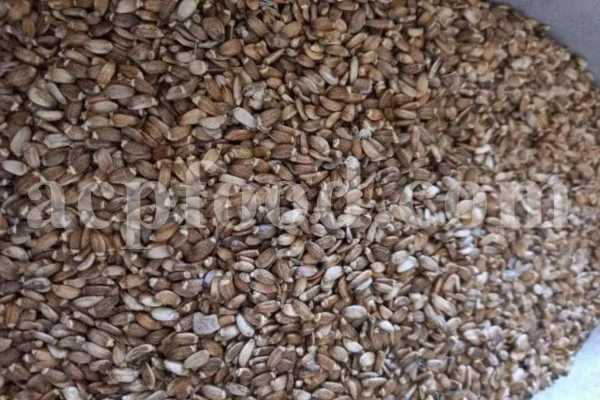
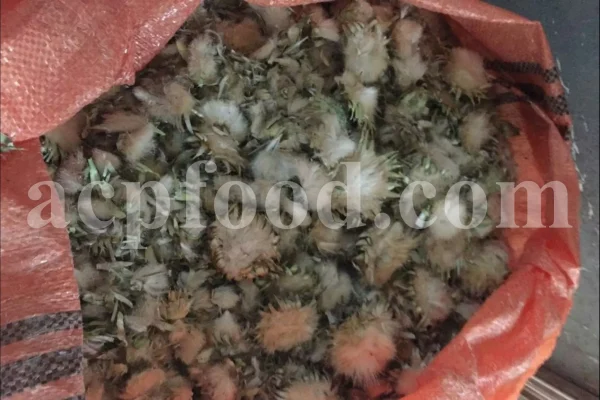
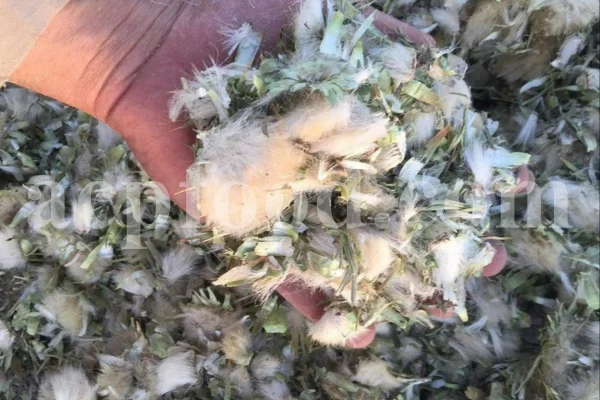
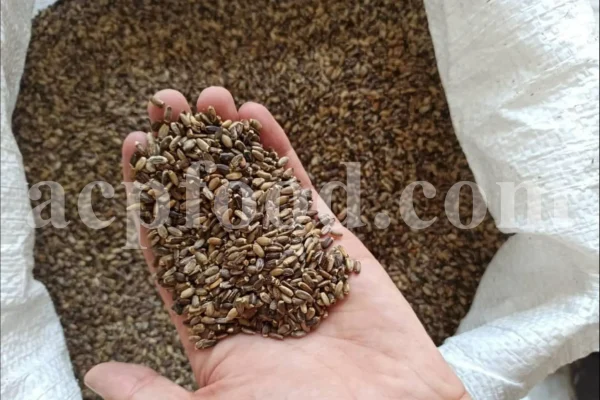
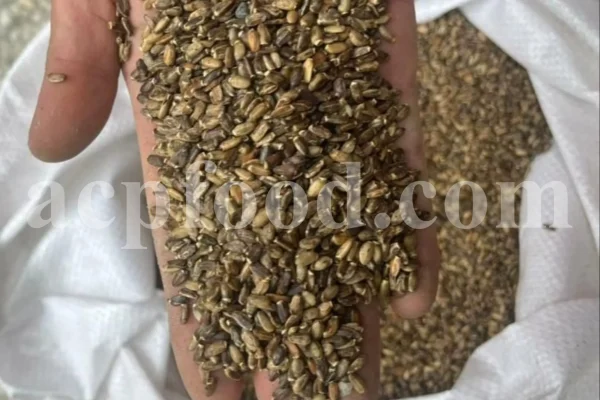
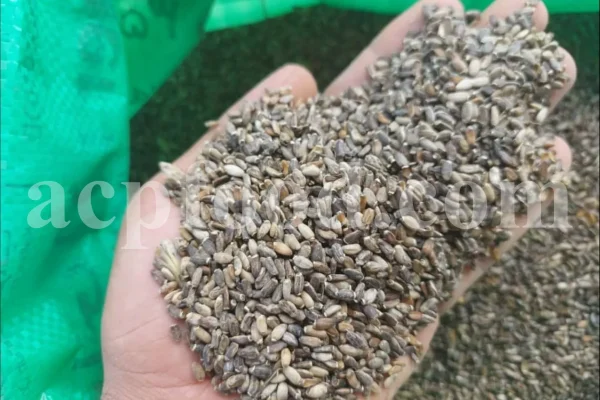
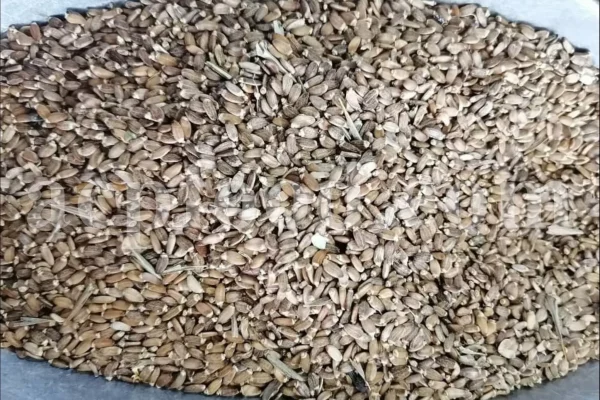
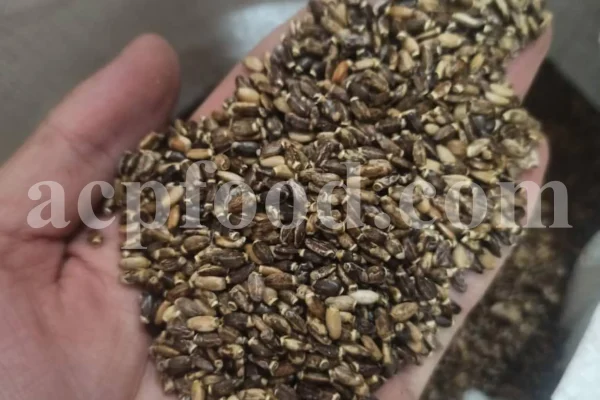
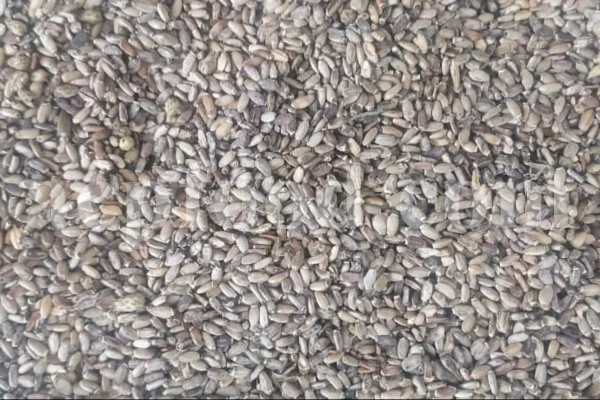

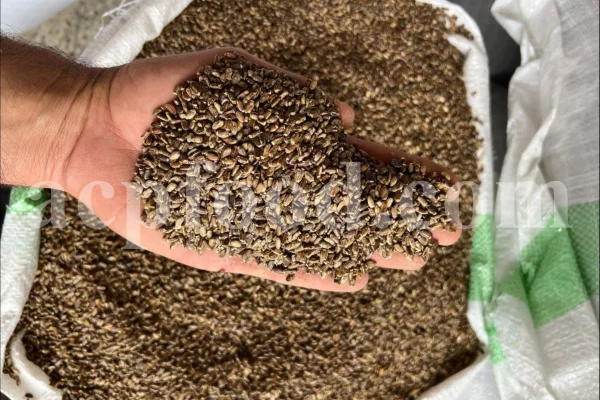
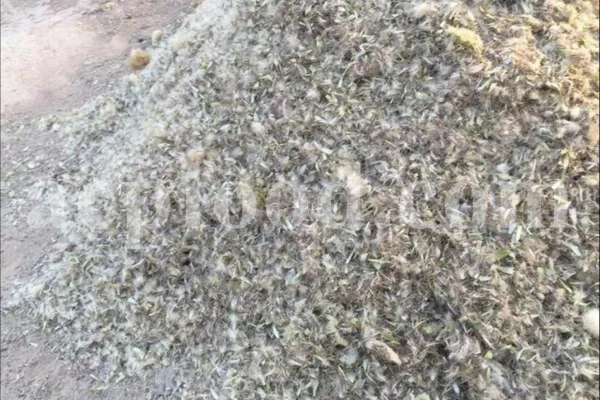
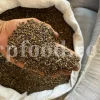
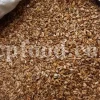
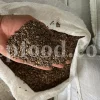
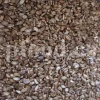
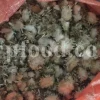
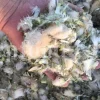
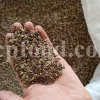
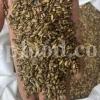
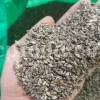
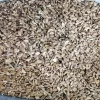
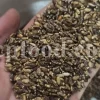
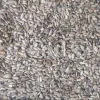
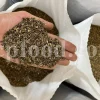
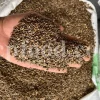
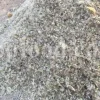
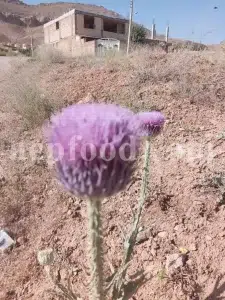
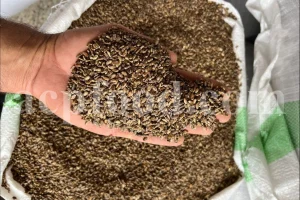
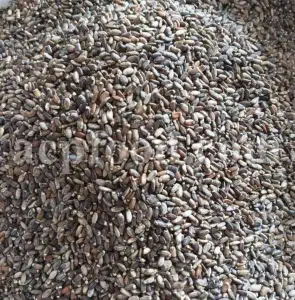
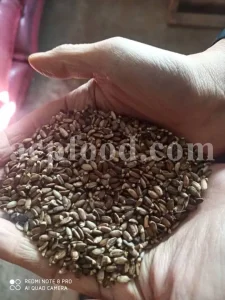


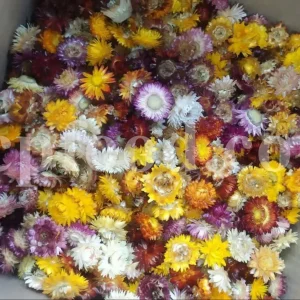
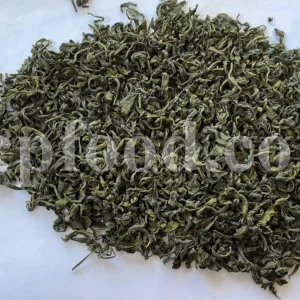
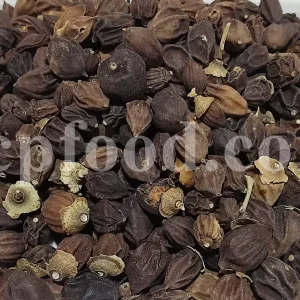
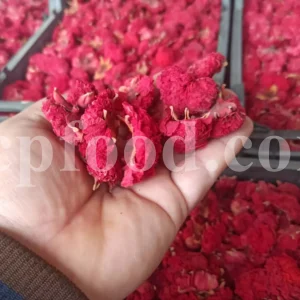
Reviews
There are no reviews yet.